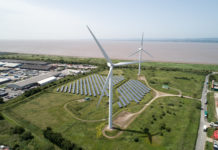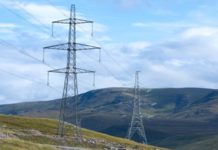Ministry consults on ‘energy smart’ devices to cut consumers’ bills
Energy ministry D-ESNZ today launches a view-seeking exercise, aimed at boosting users’ confidence in adopting...
Watt -erloo sunset: ambitious electricity project to speed decarbonisation of River Thames
Power storage’s expanding acronym soup of competing technologies received another ingredient this morning. On Britain's...
Hadrian’s wally: B6 boundary implicated in <£1 Bn curtailment waste, says battery firm
Faster deployment of grid-scale proven battery technology could spare Britain’s power consumers over £730 million...
Investing in sustainability: strategies for UK businesses
Sustainability is a topic that has gained traction over the past decade – and there...
The Top 5 Benefits of digitalisation for ESG-focused businesses
ESG considerations are rapidly becoming a core focus for British businesses.
From investor demands to customer...
Using PPAs to further your net zero commitments
GridBeyond, possibly more well known among The Energyst’s readers as a energy flexibility company not...
Corporate PPAs within a wider net zero context – webinar
Thank you for attending The Energyst's webinar. Please find the presentations from our speakers below...
RWE signs first UK solar PPA, commits Notts & Northhants farms to Kerry Group
German energy leviathan RWE, a leading power producer in the UK, has signed its first...
npower offers cash to community groups in Midlands and Yorks
Leading energy supplier npower Business Solutions has launched a new community fund, designed to support...




































